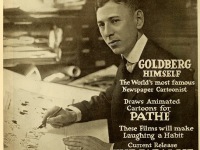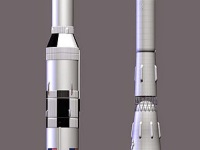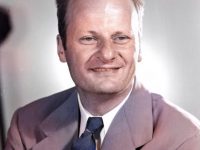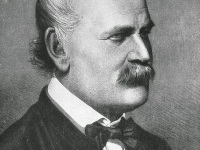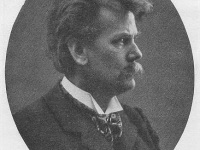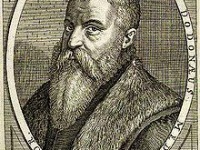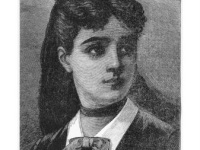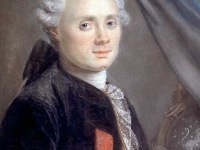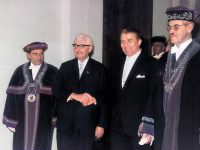Rube Goldberg’s complicated Machines
On July 4, 1883, American cartoonist, sculptor, author, engineer and inventor Reuben Garrett Lucius “Rube” Goldberg was born. He is best known for a series of popular cartoons depicting complicated gadgets that perform simple tasks in indirect, convoluted ways. Goldberg received many honors in his lifetime, including a Pulitzer Prize for his political cartooning in 1948. From the Sewer Department to a Newspaper Reuben Lucius Goldberg was born July 4, 1883, in San…
Read more

